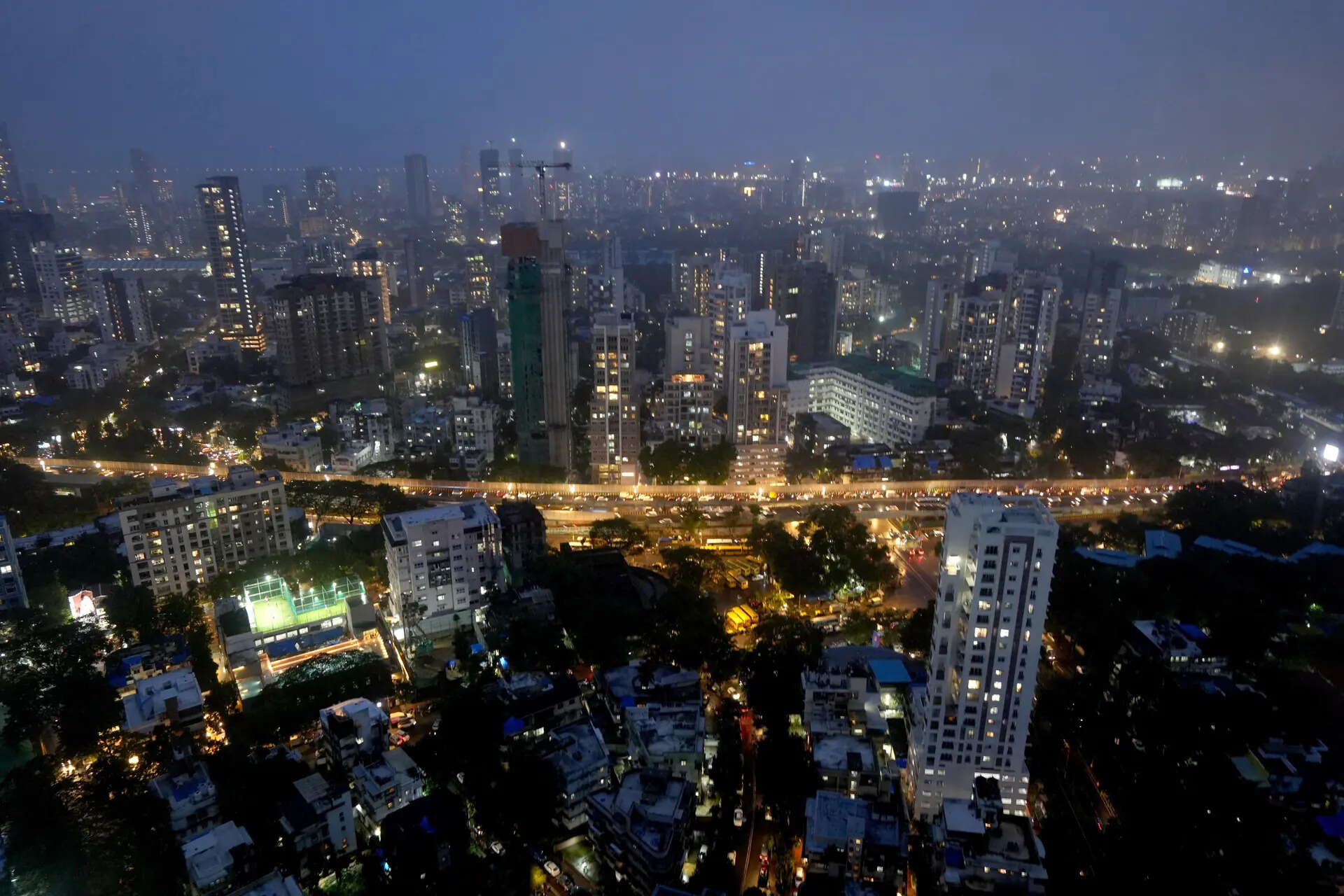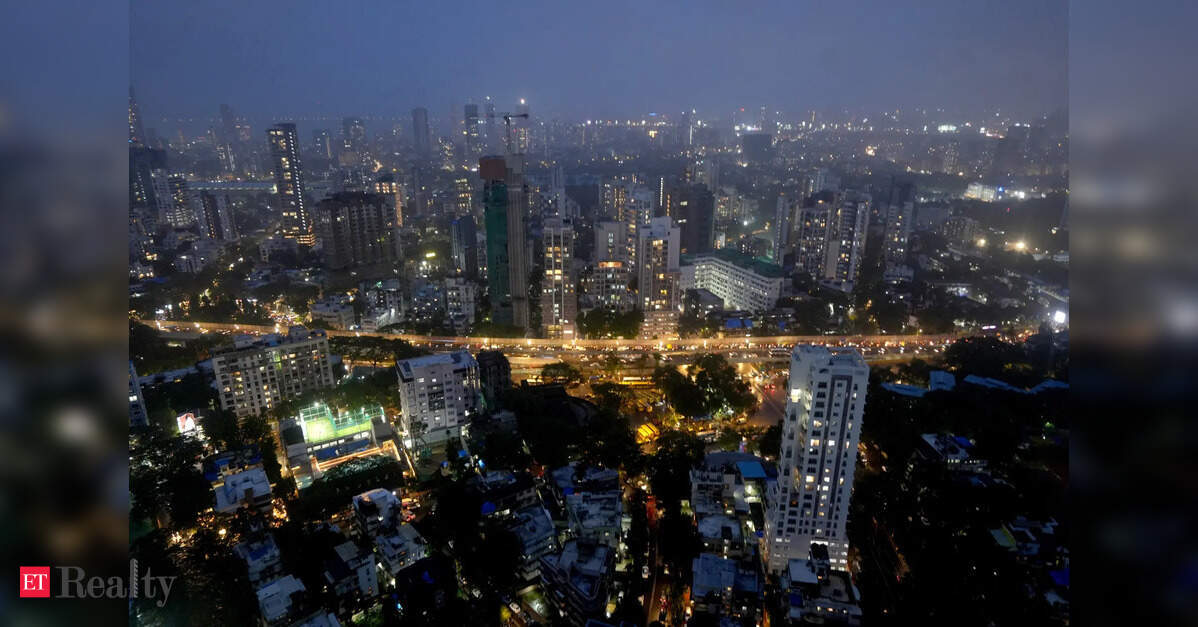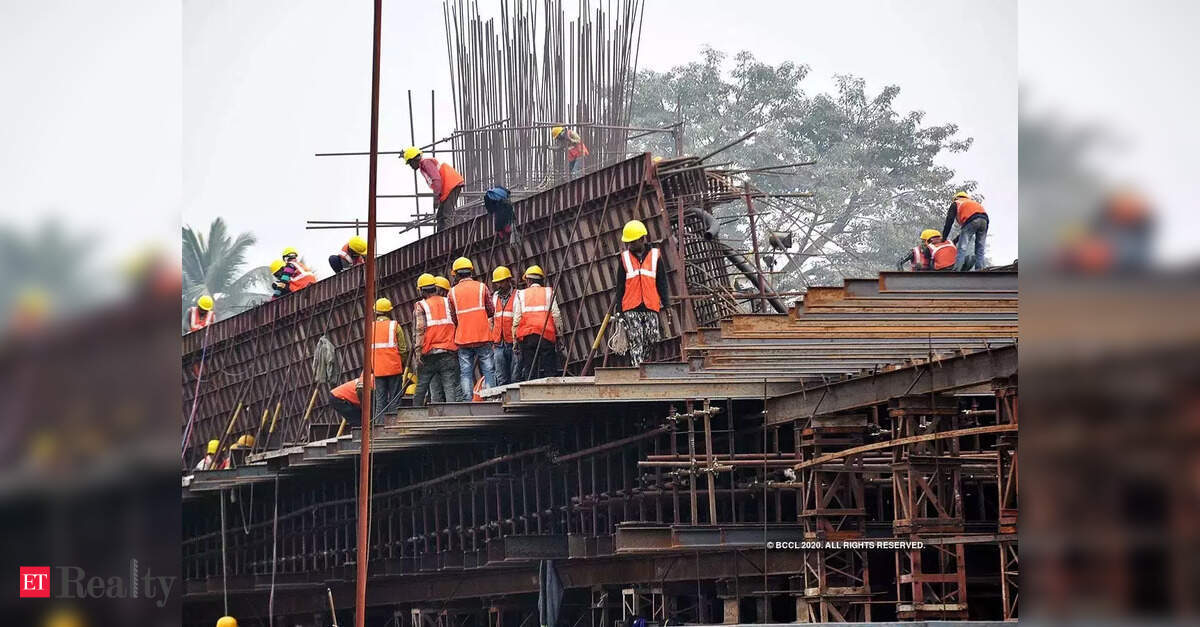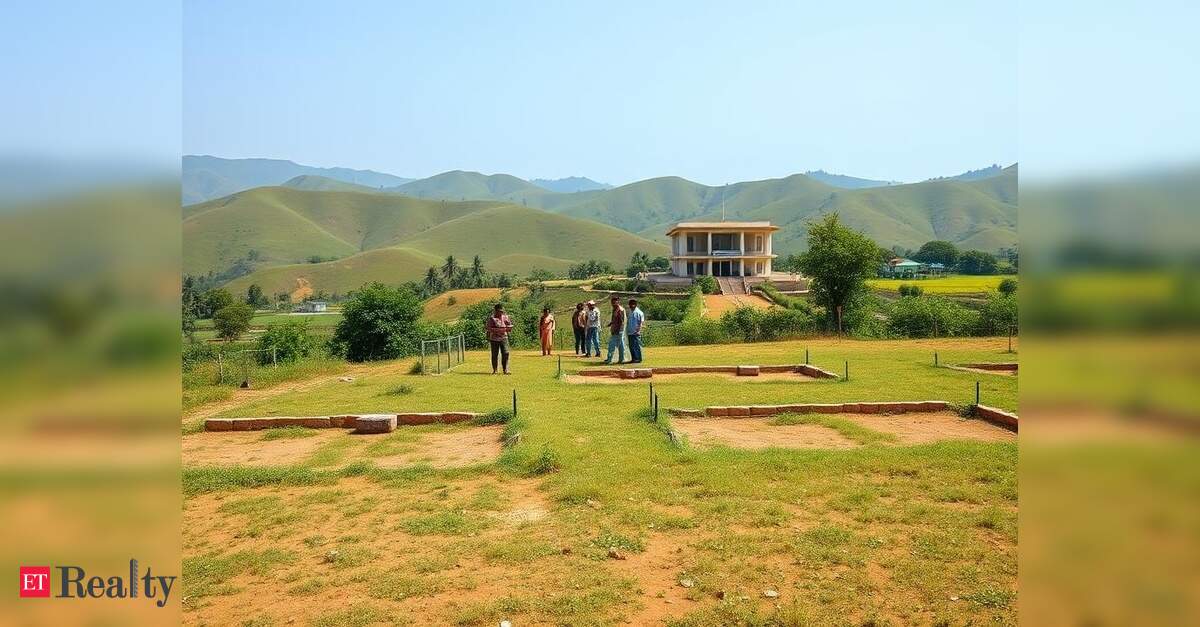 File Photo
File PhotoMUMBAI: Observing the transformation of six-storey buildings into towering 18-storey towers in the Bandra-Khar-Santacruz area is not a magic trick or an illegal act; it’s the outcome of strategic development regulations.
Specific provisions in the city’s development control regulations provide considerable benefits to builders engaged in redeveloping housing societies. When builders create housing for those affected by the projects within a 5 km radius and provide it free of charge to the BMC or Slum Rehabilitation Authority (SRA), they gain a significantly higher floor space index (FSI), enabling them to add more floors to redevelopment projects—especially in areas where property prices range from ₹80,000 to over ₹1 lakh per square foot.
Architect Manoj Daisaria noted that the increased FSI offered through these schemes has led residents of housing societies to expect 30-50% more space in the redeveloped properties. For instance, on Bandra’s Carter Road, developer Anand Pandit has signed an agreement with Shree Amrit Society, home to actor Shah Rukh Khan, to offer members an extraordinary 155% more space in the new tower. The existing six-storey building will be transformed into an 18-storey structure. Pandit stated, “We haven’t finalized the scheme yet; it may also depend on financial benefits.”
The SRA pioneered this redevelopment boost with Regulation 33 (11) of the Development Control and Promotion Regulations (DCPR) 2034, which allows an FSI of 4 compared to the standard 2.5. This enables developers to build 4,000 sq m on a redeveloped 1,000 sq m plot instead of just 2,500 sq m for a typical housing block. Over a hundred developers have utilized this scheme.
In a parallel move, the BMC has launched a similar initiative: Section 33 (20 B) of DCPR 2034, following state modifications. The message is clear—”Provide us with Permanent Transit Camps (PTC) and gain more FSI.” Domnic Rommel, former president of CREDAI-MCHI—representing developers—mentioned that most developers now prefer the BMC scheme, which can provide an FSI of up to 5.4 (including fungible FSI), enhancing financial viability and making redevelopment more cost-effective than SRA’s 33 (11).
Bandra-based developer Sharan Babani commented that under Section 33 (20 B), a five-storey building could potentially expand to 25-27 floors if the road width permits. Presently, many redeveloped buildings in the Bandra-Khar area are around 70 metres tall (18-20 floors), while older housing societies in this region typically range from just two to seven floors high.
However, Babani also pointed out a critical change often overlooked—the increase in density within these buildings. “Traditional schemes usually allowed for just two apartments per floor, but with the higher FSI under schemes like BMC’s 33(20B), that can rise to four or five units per floor. This can double or triple the number of families sharing the same footprint, drastically impacting population density, infrastructure demands, and local traffic,” he warned.
Developer Sanjay Devnani expressed that schemes under 33 (11) and 33 (20 B) are advantageous for all stakeholders, stating, “Now, a building that previously occupied 10,000 sq ft can be allotted 50,000 to 60,000 sq ft during redevelopment.” Nonetheless, housing expert Chandrashekhar Prabhu has raised concerns that planning authorities (BMC and SRA) are overly generous with the FSI granted, arguing that despite various justifications, the primary reason appears to be control over approval processes and associated kickbacks. He emphasized how the government has shifted responsibility for accommodating project-affected individuals onto builders, rather than utilizing public land effectively.
Property experts have highlighted the challenge of ensuring that PTC tenements, which are often delayed, are transferred to authorities and that linked free-sale buildings receive necessary approvals. “Many builders are now developing PTCs independently without relying on unscrupulous SRA developers. This approach allows them to finish PTCs and hand them over, thus obtaining occupation certificates for free-sale buildings in prime areas,” they noted.




